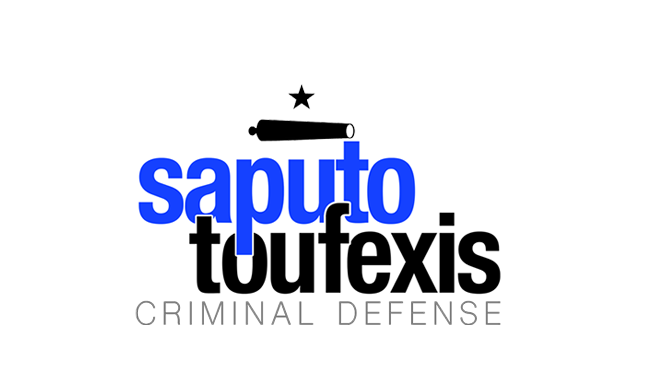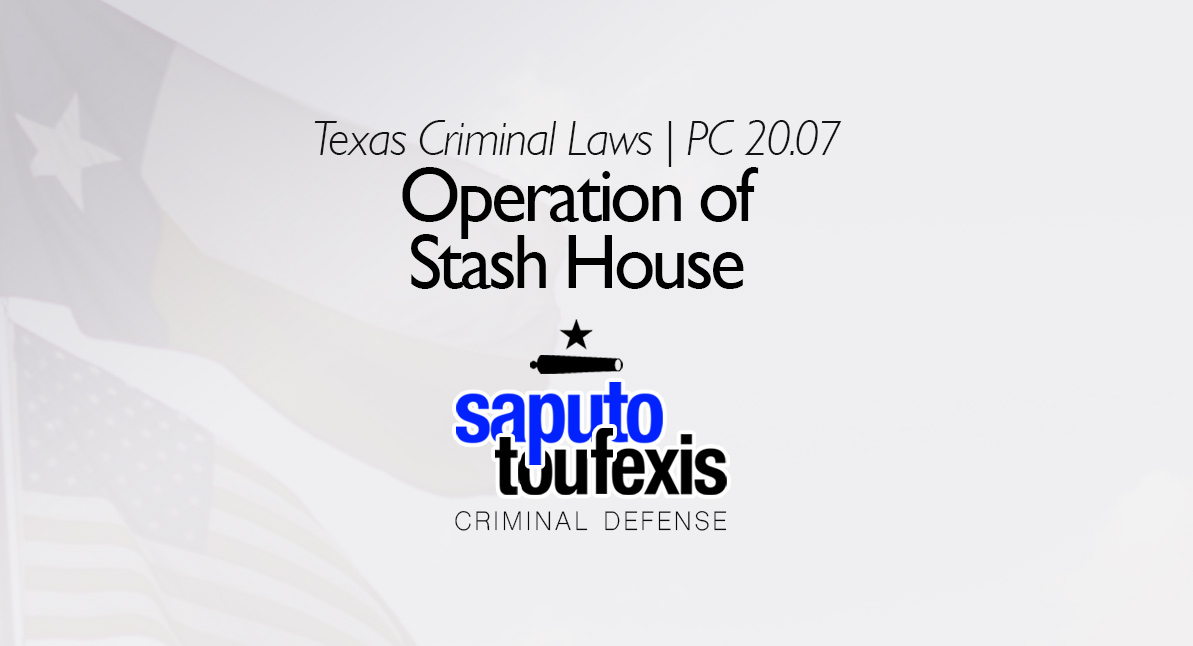The Texas Operation of Stash House law makes it illegal to use or allow anyone to use property, including real estate and vehicles, to commit certain offenses, including Compelling Prostitution and Trafficking of Persons.
FAQs about the
Operation of Stash House law in Texas
- What is the current Texas law about Operation of Stash House?
- What is the penalty for a Texas Operation of Stash House offense?
- How can I be charged with an Operation of Stash House offense in Texas?
- What is the statute of limitations for Operation of Stash House in Texas?
- Can you get probation for Operation of Stash House in Texas?
- What level of crime is Operation of Stash House in Texas?
This offense was created by the 86th Texas Legislature and went into effect on September 1, 2019. It was not amended in the 2023 regular legislative session, but it was updated in a third special session in 2023, effective February 6, 2024. These 2023 amendments increased the penalty classification of this offense from a Class A misdemeanor to a third degree felony, with a possible second degree felony enhancement. In each case, the new law provides a minimum five-year prison term.
The law was not updated in 2025.
Have you been charged with Operation of Stash House? Contact us today to discuss legal representation.
or Text or Call (888) 239-9305
The Penal Code classifies the Texas Operation of Stash House law under Title 5 “Offenses Against The Person,” Chapter 20 “Kidnapping, Unlawful Restraint, and Smuggling of Persons.” Learn more about the Texas offense of Operation of Stash House below.
What is the current Texas law about Operation of Stash House?
AV Preeminent Texas lawyer Paul Saputo provides the current law defining Operation of Stash House in Penal Code Section §20.07, as follows:[1]
(a) A person commits an offense if the person knowingly:
(1) uses or permits another to use any real estate, building, room, tent, vehicle, boat, or other property owned by the person or under the person’s control to commit an offense or to facilitate the commission of an offense under Section 20.05, 20.06, 20A.02, 20A.03, 43.04, or 43.05; or
(2) rents or leases any property to another, intending that the property be used as described by Subdivision (1).
This is a new offense as of 2019, effective as of September 1, 2019.[2]
What is the penalty for a Texas Operation of Stash House offense?
Prior to February 6, 2024, Operation of Stash House was classified as a Class A misdemeanor,[3] punishable by up to a year in jail and up to a $4,000 fine.
Amendments effective in 2024
Under the amendments passed by the legislature in 2023, for offenses that occurred on or after February 6, 2024, Operation of Stash House is now classified as either a third degree felony or a second degree felony, depending on the circumstances, and new minimum terms of confinement apply.[4]
Under these 2024 amendments, the crime is punished as a second degree felony with a minimum 5-year prison sentence if:[5]
(1) the offense is committed under Subsection (a)(1) and the property that is the subject of the offense is used to commit or facilitate the commission of an offense under Section 20.06, 20A.03, or 43.05; or
(2) it is shown on the trial of the offense that as a direct result of the commission of the offense:
(A) an individual became a victim of sexual assault, as defined by Section 22.011, or aggravated sexual assault, as defined by Section 22.021; or
(B) an individual suffered serious bodily injury or death.
Otherwise, under the 2024 amendments, the offense is punished as a third degree felony, with a minimum term of confinement in prison of five years.[6]
How can I be charged with an Operation of Stash House offense in Texas?
You can be charged with Operation of Stash House in Texas if the state’s attorneys believe that each of the elements of Section 20.07(a), as described in the section above, have been met.
What is the statute of limitations for Operation of Stash House in Texas?
Misdemeanor level Operation of Stash House charges have a two-year limitations period.[7] Felony level offenses follow the default felony limitations period rule, which specifies a three-year limitations period.[8]
Can you get probation for Operation of Stash House in Texas?
The Texas Code of Criminal Procedure allows both judges and juries to grant probation for Operation of Stash House, and judges are also allowed to accept deferred adjudication plea deals.[9]
What level of crime is Operation of Stash House in Texas?
As of February 4, 2024, the Penal Code classifies the punishment for Operation of Stash House as a third degree felony with a minimum term of imprisonment of five years, but the state can obtain an enhancement to a second degree felony in certain circumstances. Earlier offenses are classified as Class A misdemeanors.
Learn more about the penalty range for this offense in the section above.
Legal References:
^1. Texas Penal Code §20.07. This law is current as of 2025.^2. HB 2613, 86th Texas Legislature (RS), Section 1^3. See SB 4, 88th Texas Legislature (SS-3), Section 5^4. See Texas Penal Code §20.07(b), as amended by SB 4, 88th Texas Legislature (SS-3), Section 5^5. Texas Penal Code §20.07(b), as amended by SB 4, 88th Texas Legislature (SS-3), Section 5^6. Texas Penal Code §20.07(b), as amended by SB 4, 88th Texas Legislature (SS-3), Section 5^7. Code of Criminal Procedure 12.02(a)^8. See Code of Criminal Procedure 12.01(11)^9. See Chapter 42A, Texas Code of Criminal Procedure, Art. 42A.054, Art. 42A.056, Art. 42A.102










